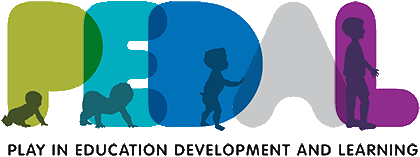Why did we do this research?
Hands-on learning activities with physical objects – or physical manipulatives (PMs) – can be great at encouraging children’s active participation in learning. Cast your mind back to your own childhood: do you remember using items like counters, shapes, or fraction bars in school? If so, you were using PMs! We wanted to find out what kind of research has been done on educational programmes involving PMs.
How did we do it?
We conducted a scoping review – a type of literature review used to identify and broadly describe a body of research according to certain inclusion criteria. We searched several academic databases for studies that have tested the effectiveness of PM interventions with primary-age children; 102 studies met our inclusion criteria and were synthesised in the review.
What did we find?
Most studies involved children aged 4-6 years, in school settings, from high-income countries (like the USA). The interventions focused on different hands-on activities such as block building, shape sorting, and paper folding. The evidence from these studies were mixed – some helped children’s math, spatial, and literacy skills, while others did not. The findings illustrate that hands-on experiences with PMs can support children’s active engagement in learning. Going forward, we need more high-quality studies, with a focus on lower-income contexts.
To find out more about this research, browse our resources below.

Project Page
You can read more about this project, and access the full report, here.

Play Piece
Read this short blog post written by Elizabeth about hands-on learning with physical manipulatives.
